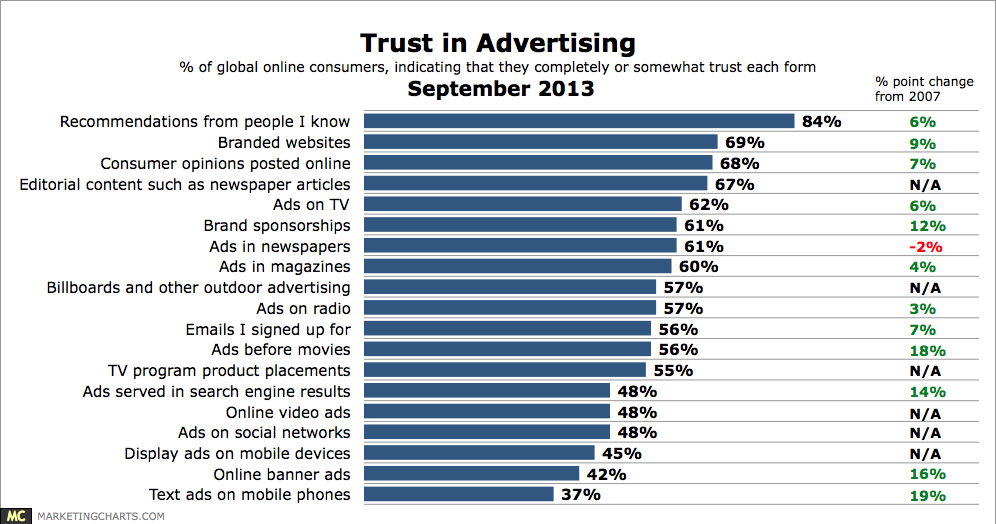12 Proven Methods to Increase Your Traffic
Aren’t we all looking for ways to increase our blog and website visits, with the ultimate goal to increase sales? Of course we are. Depending on how much effort you want to use, there are some really great ways to do just that. In this post I share 12 proven methods to increase your traffic. Let’s dig in!
Minimum Effort:
Take a fresh and objective look at your blog. Are you missing some key elements?
1. Add a call to action – this is a big opportunity for you. You definitely want to do this. Are you simply ending your blog asking for thoughts, comments, or ideas? While I applaud you for wanting to engage, let’s take this up a notch. What do you want? When applicable, ask them to go to your website to learn more? Maybe fill out a form to get the ebook. Put in specific calls to action. Don’t be afraid.
2. Improve your headlines – think about magazine headlines. What grabs your attention? For example, what would you read: Body Found in Topless Barr or
• Lists: 8 Lives Impacted by Unexpected Change
• Social Proof: Why the Kiwanis Club of Fredericton Partners with the Stan Cassidy
• Headlines tied to current events
3. Add your Facebook follow button to your website and blog (and if you use Twitter, do the same)
Medium Effort:
4. As blog editor, there are things that need to be done to blogs to make them better for SEO. One such thing is adding links to other blogs, websites, etc. directly in your blog posts. If your blog is missing links, it’s an easy fix.
It could be done via a checklist box or some other sidebar. It can also be done by referencing similar blogs on your blog, or adding your contact us page. This is quite important to add to your blog as it will help with getting search engines pick you up.
5. Ask people to share. This can be done in your blog post, and definitely done in your Facebook posting of the blog post. Each blog post should be shared on your Facebook page and ask people outright to share. This is important for reach. It can be sharing did you knows or content of other similar types of organizations. Find content that matters to your audience.
6. Check to ensure that keywords are used consistently in posts to boost SEO.
7. Leverage a Twitter account. That channel is great for sharing and promoting the blog as well as your events. Again, ask people to share your content.
Most Effort:
8. Create videos – the great thing about videos these days is that you don’t need high production. An iPhone and good external microphone and you (your staff or guest bloggers) can easily do a blog interview or highlight video. People love these. Also partner with community members. Share their videos. Have a contest to create videos and have high profile community members be the selection committee. This will generate buzz for you. (Remember videos should be short – two to three minutes is the golden number in terms of length)
9. Create evergreen content – Essentially evergreen content is content that you can repurpose and share over and over again. It could be something specific to an event, a product, etc. Having this content to fill voids is important and takes the pressure off of those involved.
10. Profile employees, volunteers or other key people – this is a great way for people to get to know you better and feel connected.
11. Use Facebook Insights to determine what posts are doing better. Insights will also help you determine what time of day and what day is the best for sharing content in order to get noticed.
12. If you aren’t currently leveraging email to let your audience know that your blog is live, you should. This is also a key strategy to boost visits.
13. (bonus) Increase your blogging cadence. It is proven that blogging at least three times a week benefits organizations more in terms of conversations from calls to action.
Want to learn more about using content strategies to generate leads, increase brand recognition and grow your business? Give us a call. We can help.








